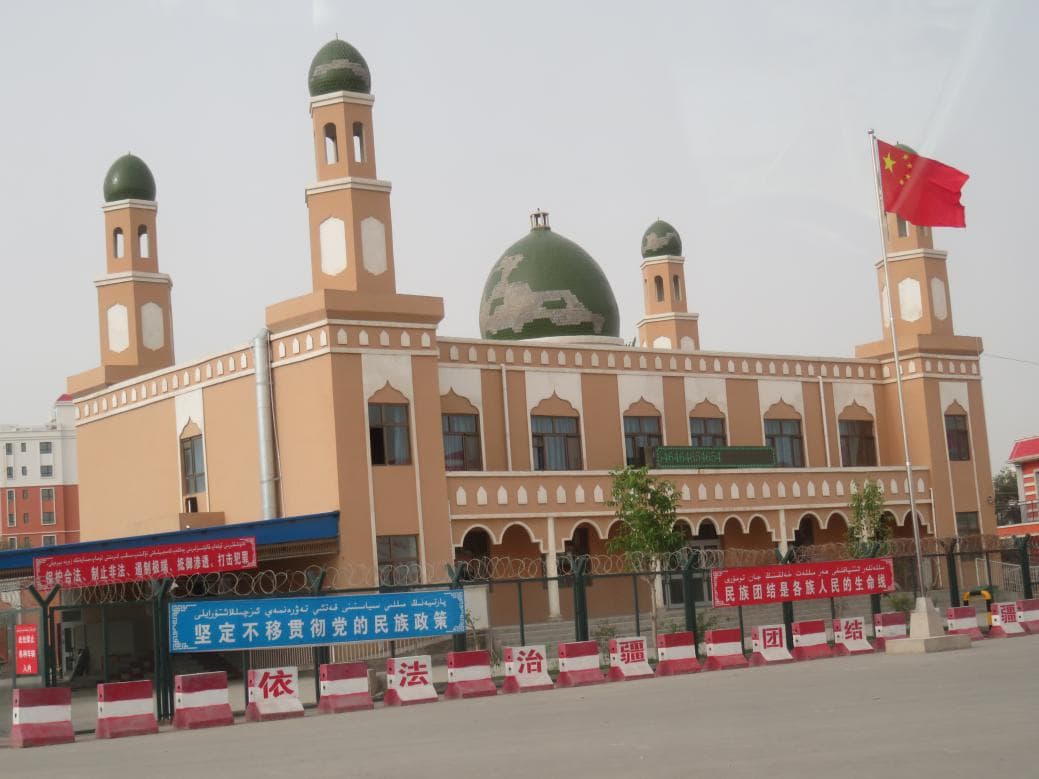New Delhi: Authorities of the Chinese Communist Party (CCP) regime have built a public toilet on the site of a mosque after demolishing it in Xinjiang province.
As per the reports of Radio Free Asia (RFA), a public toilet has been erected on the site of the demolished Tokul mosque in Suntagh village of Atush city
The region was captured by the People’s Liberation Army (PLA) in 1949 and assimilated into China completely by 1955.
Since then, Uighurs have been seeking independence but as the resistance movement against the authoritarian rule of the CCP, grew bigger, Beijing cracked down on the human rights of the minority community.
Around 1.8 million Muslim Uighurs and other Muslims have been detained under Xi Jinping’s regime in Xinjiang’s camps where they are being cleansed of their ethno-religious views and identity since 2017.
The drive against mosques was launched in late 2016 as a “part of a series of hardline policies under top leader Xi Jinping”.
Suntagh village in Atush, is a county-level city of about 270,000 people under the administration of Kashgar prefecture in the cotton- and grape-growing region of southwestern XUAR, RFA reported.
The toilet was likely built to cover up the ruins of the destroyed Tokul mosque, as well as for the needs of inspecting groups or cadres visiting the area, RFA quoted the village head as saying.
In 2019, the Azna mosque had been replaced with “a convenience store” that sells alcohol and cigarettes, the use of which is frowned upon in Islam, RFA said.
RFA said the authorities have destroyed 70 percent of the mosques in the region under the ‘mosque rectification’ campaign.
In addition to mosques, Chinese authorities have been systematically destroying Muslim cemeteries and other religious structures and sites across Xinjiang since 2016, the RFA said.
Last year, the Washington-based Uyghur Human Rights Project (UHRP) published a report, titled ‘Demolishing Faith: The Destruction and Desecration of Uighurs Mosques and Shrines’, which was based on a study using geo-location and other techniques.
It showed that anywhere between 10,000 and 15,000 mosques, shrines, and other religious sites in the region were destroyed between 2016 and 2019.












